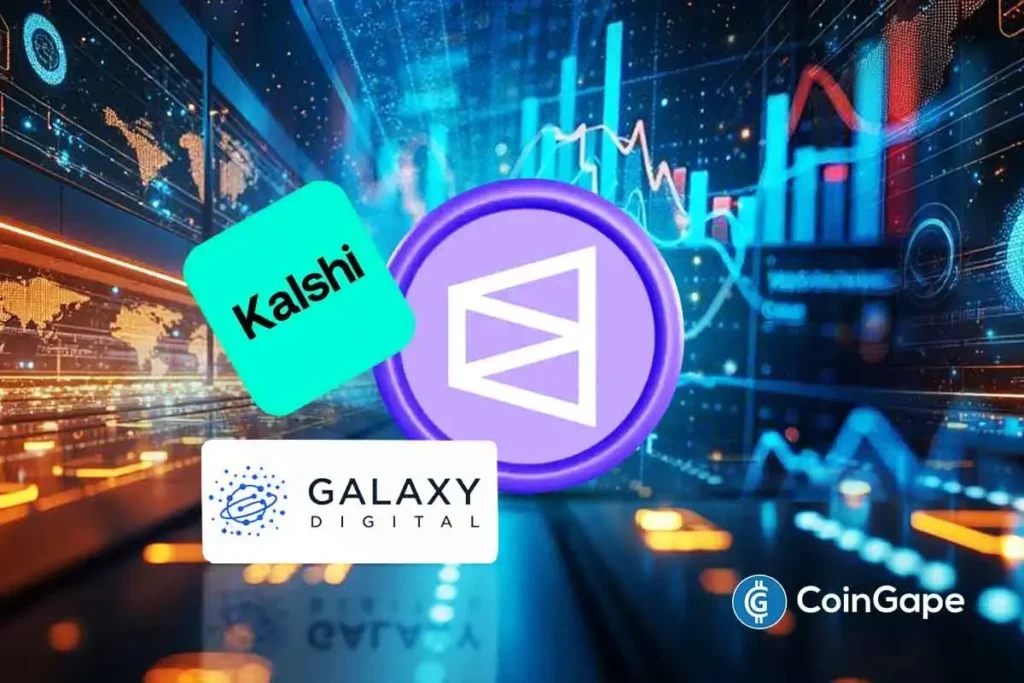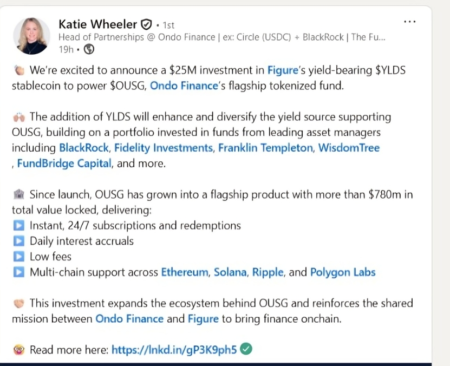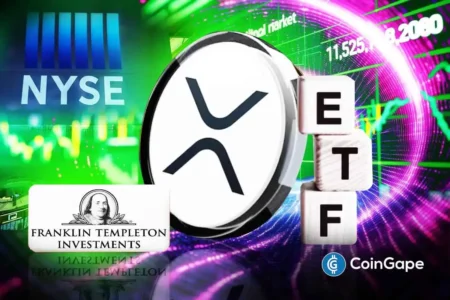Galaxy Digital’s Strategic Push into the $9 Billion Prediction Market
In a bold move that signals the growing intersection of finance and technology, Galaxy Digital has initiated plans to enter the burgeoning $9 billion prediction market. The firm, founded by billionaire Mike Novogratz, is currently in discussions with Polymarket and Kalshi, two leading platforms in this niche. By exploring opportunities as a liquidity provider, Galaxy Digital aims to enhance its investment strategy and expand its influence in this innovative financial space.
Galaxy Digital’s Engagement with Prediction Markets
According to Bloomberg reports, Galaxy Digital has begun small-scale testing of market-making strategies on Polymarket and Kalshi. Novogratz has indicated that if initial tests prove successful, the firm plans to scale up its activities significantly. Acting as a liquidity provider would allow Galaxy Digital to place consistent bids and offers, effectively narrowing spreads and improving market depth on both platforms. This move not only underscores the potential of prediction markets but also highlights Galaxy’s commitment to innovation within the evolving landscape of capital markets.
Enhancing Market Depth and Liquidity
By focusing on liquidity provision, Galaxy Digital can facilitate smoother trading experiences for users on Polymarket and Kalshi. The role of liquidity providers is crucial for maintaining healthy market dynamics, as they ensure that buy and sell orders can be executed at competitive prices. This activity not only benefits traders but also contributes to the overall stability and attractiveness of the prediction markets. The efforts come at a time when Galaxy Digital is also enhancing its visibility within public markets, thanks to its listing on Nasdaq under the ticker GLXY last May.
Prediction Markets: A Growing Landscape
The prediction markets landscape has become increasingly competitive, allowing traders to buy and sell binary contracts linked to specific outcomes. As of now, Polymarket and Kalshi are the leading platforms, boasting a combined lifetime trading volume of $42.4 billion. Initially, Polymarket led the space with its focus on political-event speculation. However, since September, Kalshi has surged ahead in monthly trading activity, indicating strong interest in a wider range of market scenarios. This dynamic highlights the evolving nature of prediction markets and their appeal to various types of traders.
High-Profile Partnerships and Institutional Interest
Both Polymarket and Kalshi have garnered significant attention, evidenced by their partnerships with high-profile entities like Galaxy Digital, Google Finance, and the National Hockey League (NHL). These collaborations underscore the platforms’ aspirations to cement themselves as serious players in financial services. Furthermore, both exchanges have introduced incentive programs aimed at attracting professional market makers, ensuring a continuous flow of liquidity that is fundamental for user engagement and platform growth.
Major Investments Fueling Growth
Adding to the excitement in the prediction market sector, Polymarket recently secured substantial backing from the Intercontinental Exchange (ICE), marking a deal worth around $2 billion. This investment values Polymarket at roughly $9 billion following the funding round, signifying ICE’s ambition to integrate prediction markets into broader finance systems. Meanwhile, political trading initiatives, such as the collaboration between Trump Media & Technology Group and Crypto.com to launch “Truth Predict,” further exemplify the significant interest in this innovative trading approach.
The Future of Prediction Markets
As Galaxy Digital deepens its involvement in prediction markets, the firm is poised to play a pivotal role in shaping the future of this industry. With rising institutional interest and strategic partnerships, prediction markets are set to attract more traders and increase their market relevance. As innovations continue to unfold, firms like Galaxy Digital look to harness the potential of this $9 billion market, ultimately redefining how trading operates in various sectors. The upcoming months will be critical for both the platforms and their growing user base, as they navigate an increasingly complex financial landscape.
















